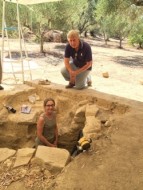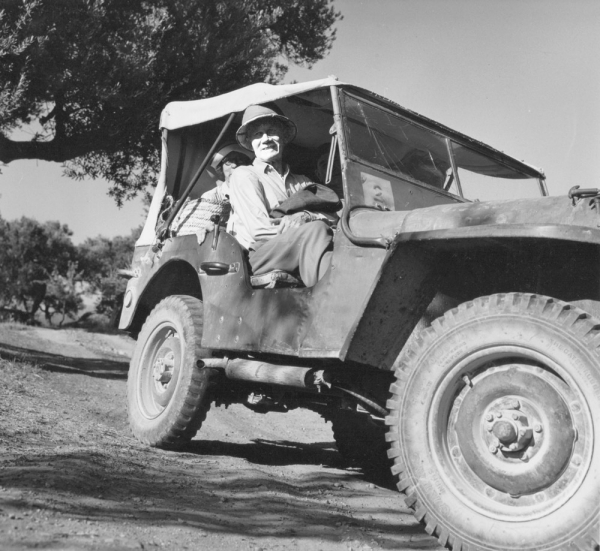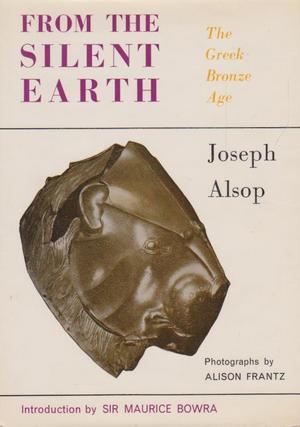New releases of guides and tutorials this fall include:
- “The Classics Library Guide” which in addition to highlighting the history of the Library and some of its works of art, offers a detailed description of the circulation policies in the Classics Library and advice on how to search the Library Catalog. https://libapps.libraries.uc.edu/liblog/2017/08/classics-library-guide/
- “A Virtual Tour of the Library” which offers a brief introduction to the physical layout, collections, and staff of the Classics Library. Because virtual tours are expected to be kept to a minimum length, there is much that had to be left out including additional physical locations and collections, but this virtual tour may at least offer some basic understanding of how the materials are organized as well as offer a somewhat lighthearted presentation accessible to classicists and non-classicists alike. https://libapps.libraries.uc.edu/liblog/2017/08/classics-tour/
- “A Research Guide for Classics Majors” is a tutorial chiefly directed at undergraduate students: however, beginning grad students may also benefit from learning something about the Library Catalog and some of the digital resources in the Library. http://guides.libraries.uc.edu/classics-research
Following a survey conducted among classics grad students in the spring, the Classics Library has enacted a few additions and changes: Continue reading




